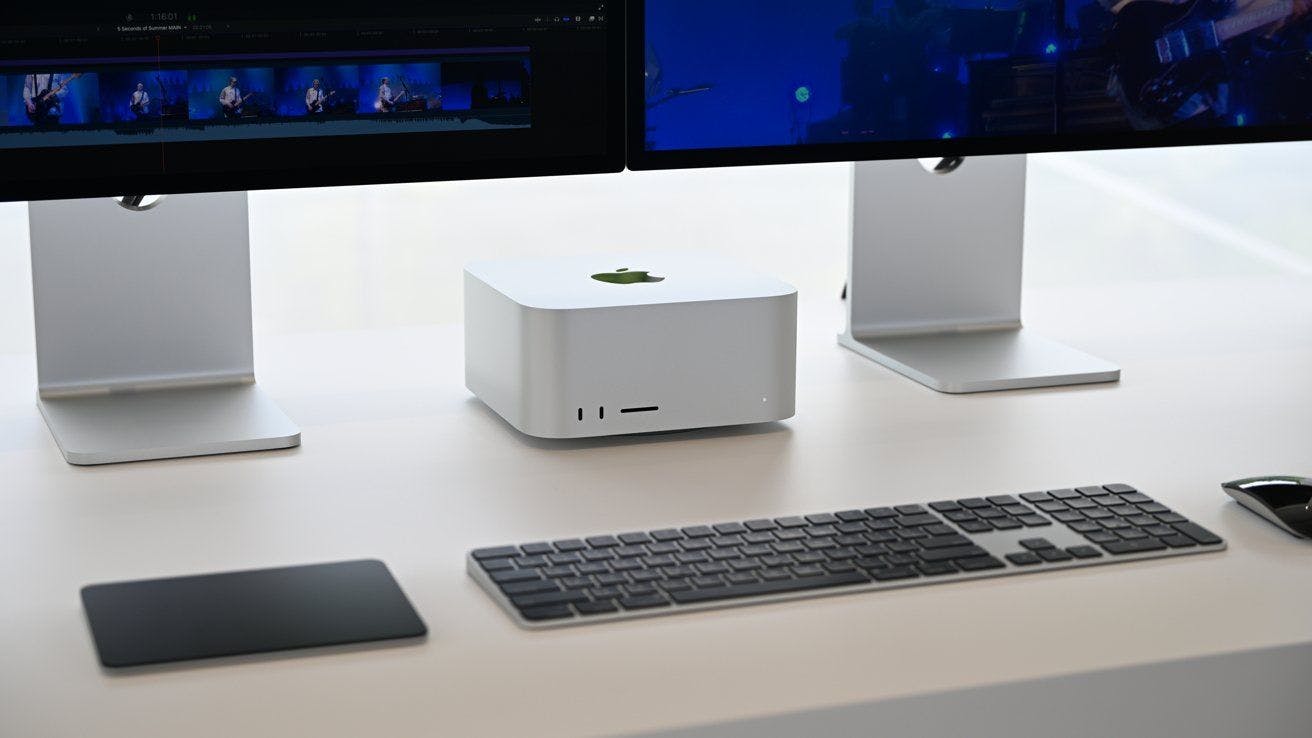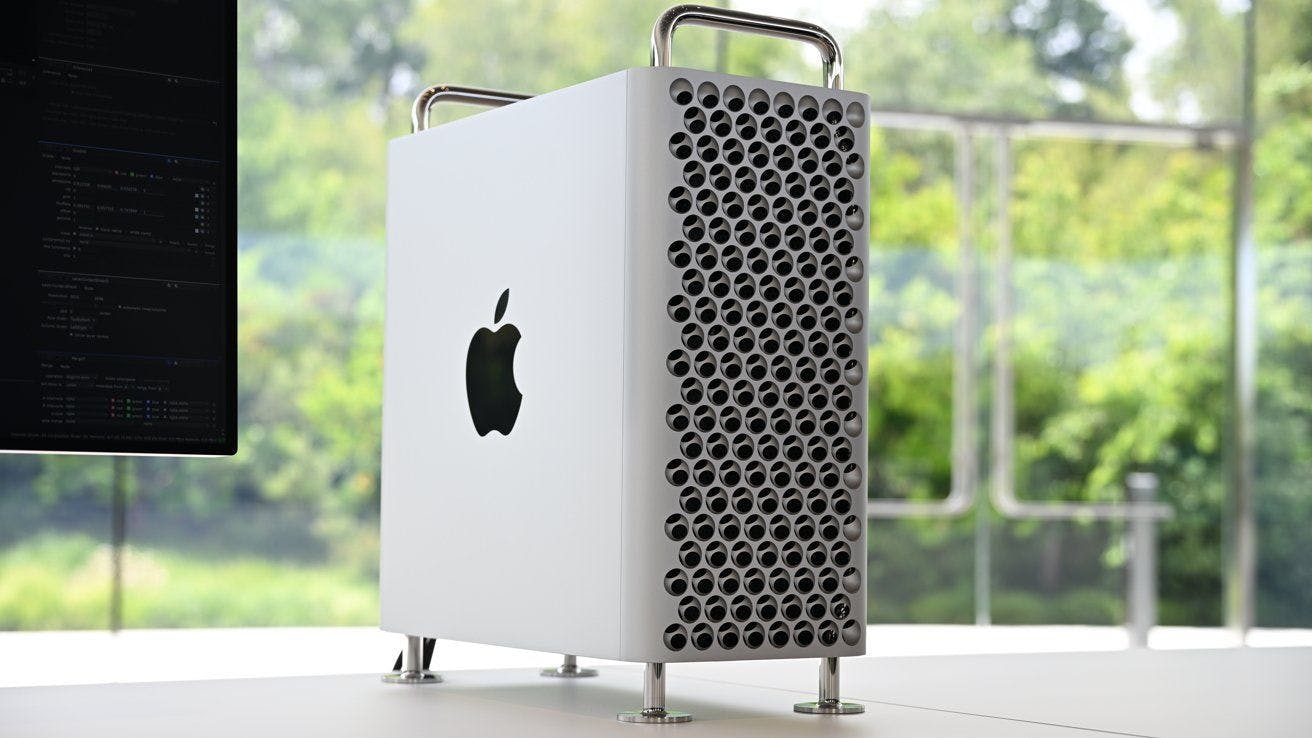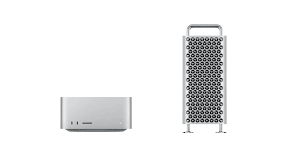Introduction:
Apple recently made the long-awaited announcement of the new Mac Pro, accompanied by a surprise addition, the Mac Studio. In this article, we will delve into the key differences between these two machines and share our thoughts on the Mac Pro's underwhelming launch. We'll also explore why Apple's decision may indicate a shift in their strategy. Join us as we analyze the hardware, performance, and pricing aspects of these new Mac offerings.
Form Factor and Pricing: The most apparent distinction between the Mac Pro and the Mac Studio lies in their price tags. The Mac Pro starts at a staggering $7,000, while the Mac Studio offers a base starting price of $4,000. Both models maintain the same form factor as the 2019 Mac Pro, which allows for ample room for PCI cards. However, the Mac Studio manages to pack similar power into a smaller enclosure. It's worth noting that the base model of the Mac Pro and the Mac Studio both feature the same chip.

Internal Specifications:
The new Mac Pro does away with the 12 RAM slots found in its predecessor, opting for built-in memory instead. This means that both the Mac Pro and the Mac Studio offer a maximum of 192GB RAM. Similarly, the SSD capacity can be upgraded to a massive 8 terabytes on both machines, although the Mac Studio's upgrade comes at a significantly higher cost.
Upgrade Flexibility:
Interestingly, Apple sells upgrade kits for the new Mac Pro, allowing users to replace their SSDs easily. However, it should be noted that these kits come with a hefty price tag of $2,800. On the other hand, while the Mac Studio lacks official upgrade kits, it's possible to replace the SSDs by unscrewing the machine. This difference in upgrade options may influence users' choices based on their specific needs.

Connectivity and Expansion:
The Mac Pro outshines the Mac Studio when it comes to connectivity, boasting eight Thunderbolt ports compared to the Mac Studio's six. This gives the Mac Pro an advantage in terms of expandability. Additionally, the Mac Pro supports external PCI units, enabling faster data transfer speeds internally compared to the Mac Studio's Thunderbolt-limited bandwidth. However, for most users, this discrepancy in connectivity might not be a significant concern.
Performance and Future Considerations:
The Mac Pro's extra PCI slots allow for high-bandwidth tasks like adding a 16-terabyte card or utilizing fast network-talking cards. These capabilities cater to specific niche use cases, such as demanding graphics rendering or server-related requirements. The Mac Studio, while lacking these advanced features, offers remarkable GPU performance and improved graphic scaling with its M2 Ultra chip. However, it's essential to consider potential future upgrades, as Apple's product roadmap may render the Mac Pro less attractive once newer, more powerful chips hit the market.
Closing Thoughts:
The Mac Pro's lackluster launch, coupled with the formidable Mac Studio, may impact its market success. The $3,000 price difference between the two models seems steep, especially considering the similarities in performance. Apple could have improved the Mac Pro's value proposition by pricing it slightly higher than the Mac Studio, while still offering an unbinned base model and additional SSD capacity. Ultimately, the decision to upgrade to the Mac Pro might be a tough sell for consumers, particularly considering potential future releases with more powerful chips.
Conclusion:
Apple's introduction of the new Mac Pro and Mac Studio has left many underwhelmed. The pricing disparity and comparable performance between the two models raise questions about Apple's strategy and the value they offer to consumers. With the Mac Studio delivering impressive GPU performance and the potential for future chip upgrades, the Mac Pro may struggle to find its place
in the market. We welcome your opinions on this matter and encourage you to share your thoughts in the comments below.
